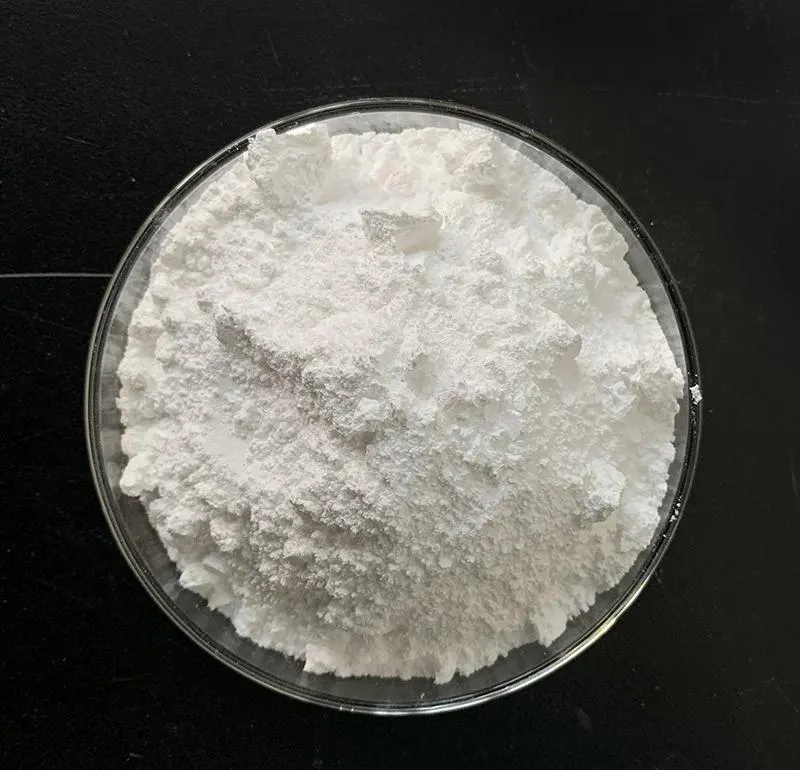
Controlling Gypsum Setting and Fire Resistance in Construction
Understanding the Role of Gypsum Retarders and Accelerators
In the construction industry, the setting time of gypsum products is crucial for efficient project management. A gypsum retarder is commonly used to slow down the setting process, providing workers with more time to mold and apply materials like plaster and drywall. This is especially important in large-scale projects where fast setting could lead to material waste or poor finishes.

Conversely, a gypsum accelerator is designed to speed up the setting time, ideal for fast-track construction or for applications where quick hardening is needed. Many builders often wonder: gypsum is accelerator or retarder? In reality, gypsum itself naturally sets at a moderate pace, but additives like accelerators and retarders are introduced to adjust the timing based on project requirements.
One notable product in this field is usg plaster retarder, widely recognized for its reliability in controlling plaster setting times. It ensures that plaster remains workable long enough for detailed application while also maintaining overall project efficiency.

Enhancing Fire Safety with Gypsum Products
Beyond setting control, gypsum materials are also key players in enhancing building safety. The inclusion of a gypsum board fire retardant significantly improves the fire resistance of walls and ceilings. Fire retardants help to slow down heat transfer and limit the spread of flames, giving occupants more time to evacuate and reducing structural damage.
Modern gypsum boards with built-in fire retardants are essential for meeting stringent building codes and ensuring occupant safety in residential, commercial, and industrial buildings. As construction standards continue to evolve, combining setting time control with fire resistance properties is becoming the norm for high-performance gypsum products.
-
Hydroxypropyl Starch as a Sustainable Construction AdditiveNewsNov.24,2025
-
The Gelation Properties of CMCNewsNov.21,2025
-
Redispersible Latex Powder and Water Retention CapacityNewsNov.21,2025
-
Dosage Control for Polycarboxylate Water ReducerNewsNov.21,2025
-
Film-Forming Properties of Polyvinyl AlcoholNewsNov.21,2025
-
The Function of Gypsum Additives in MortarNewsNov.21,2025





















